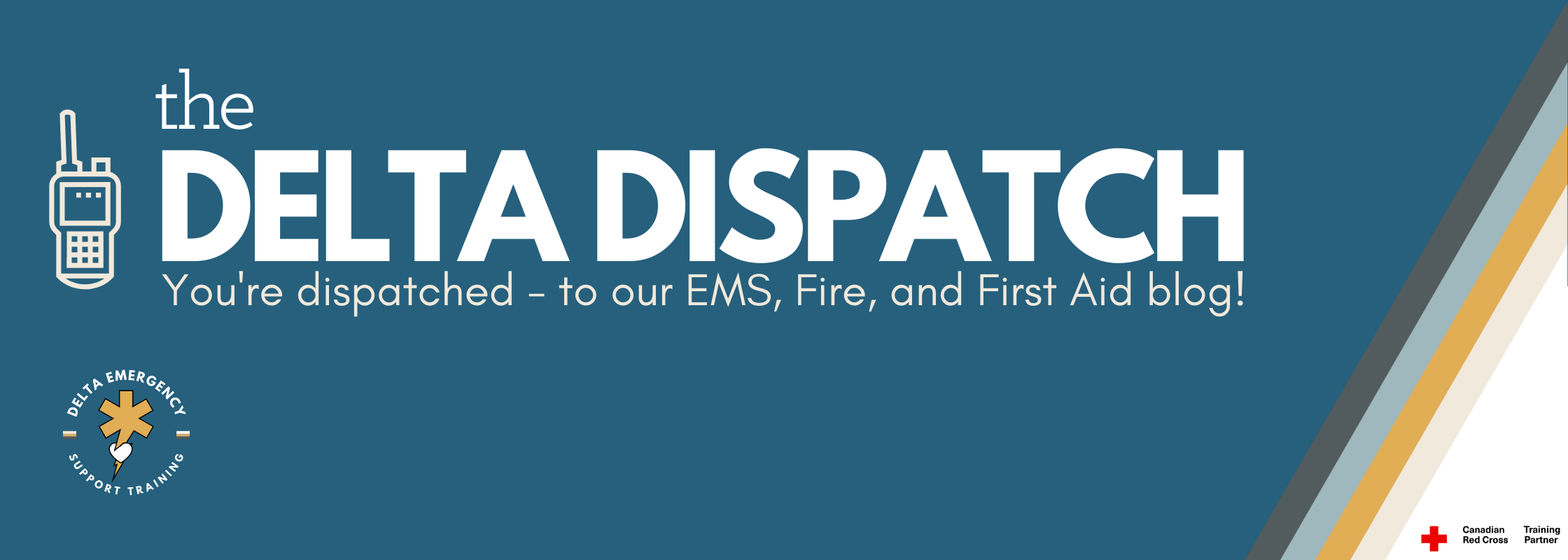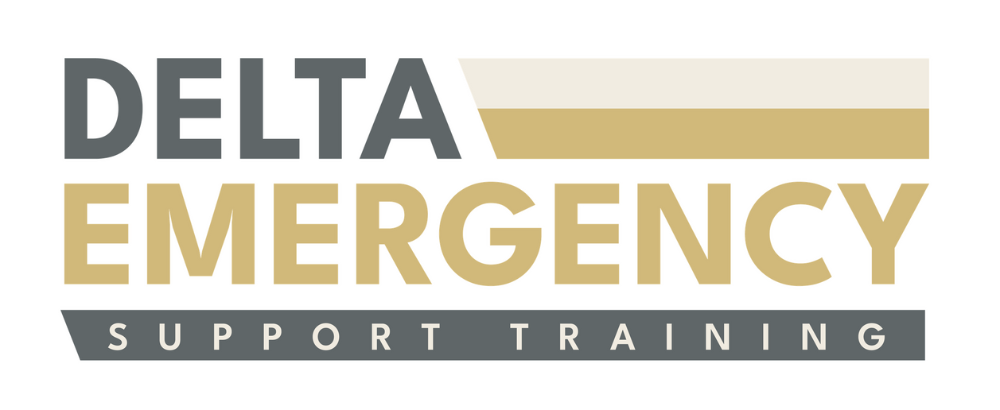The Critical Role of BSI: Protecting Yourself First as a First Responder
/When responding to emergencies, your focus is naturally on saving others. But as a first responder, your own safety must come first. That’s where Body Substance Isolation (BSI) comes in—a fundamental part of emergency medical care that often gets overlooked, especially by new responders.
BSI is more than just gloves—it's a mindset, a habit, and a crucial layer of protection against invisible but dangerous threats like bloodborne pathogens, bacteria, and bodily fluids.
At Delta Emergency Support Training, we emphasize BSI in every scenario because if you’re not safe, you can’t help anyone else.
🚨 What Is BSI?
Body Substance Isolation (BSI) is a set of precautions used to prevent contact with potentially infectious body fluids. This includes blood, vomit, saliva, urine, feces, and respiratory secretions.
BSI is part of Standard Precautions, a cornerstone of infection control recommended by health authorities and the Canadian Red Cross. BSI assumes that anyone could be carrying an infectious disease, whether or not symptoms are visible.
🦠 Diseases & Infections That Can Be Transmitted
Here are some of the infections you risk exposure to during first aid or emergency response:
Bloodborne Pathogens
Hepatitis B (HBV): Can survive in dried blood for up to a week
Hepatitis C (HCV): No vaccine, often leads to chronic liver issues
HIV/AIDS: Though lower risk, exposure via blood or sexual fluids can occur
Airborne & Droplet Diseases
COVID-19
Influenza
Tuberculosis
Contact-Transmissible Infections
MRSA (Methicillin-resistant Staphylococcus aureus)
Norovirus
C. difficile
These diseases can be transmitted through:
Cuts or broken skin
Mucous membranes (eyes, mouth)
Inhalation (coughs, sneezes)
Contaminated surfaces or medical equipment
🧰 What BSI Gear to Use—and When
🔹 Gloves (Always)
Used on every call. Always don gloves before patient contact, even when no fluids are visible. Use nitrile gloves for latex-sensitive patients and for better chemical resistance.
🔹 Eye Protection & Face Shield
For any situation involving splash risk (e.g., severe bleeding, childbirth, vomiting). Goggles or a full face shield help protect your mucous membranes from exposure.
🔹 Gowns/Aprons
For major trauma, childbirth, or mass-casualty events with heavy blood loss or body fluid exposure.
🔹 Masks (Surgical/N95)
Surgical Mask: For droplet protection during coughing, vomiting, or respiratory distress.
N95 Respirator: Use during airborne illness calls (e.g., suspected TB, COVID-19) and when performing aerosol-generating procedures like CPR or suctioning.
🧠 Scenario-Based BSI Examples
Scenario 1: Motor Vehicle Collision
Patient bleeding heavily from the scalp and face.
You wear: Gloves, goggles/face shield, gown if time permits.
Tip: Be cautious kneeling near broken glass or on spilled fuel.
Scenario 2: Unconscious Overdose
Risk of vomit, saliva, or needle sticks.
You wear: Gloves, mask, eye protection.
Tip: Never blindly reach into pockets or under the person—use tools and visual checks.
Scenario 3: Respiratory Distress in a Child
Coughing, drooling, rapid breathing.
You wear: Gloves, surgical or N95 mask, eye protection.
Tip: Keep your face out of the line of the patient’s airway.
Scenario 4: Diabetic Emergency with Vomiting
Patient is responsive but disoriented and vomiting.
You wear: Gloves, eye protection.
Tip: Position yourself behind or to the side—not in front—when managing vomiting to avoid splash.
⚠️ Hidden Dangers: BSI Tips from the Field
🔸 Where You Put Your Bag Matters
Keep gear off the ground and away from pools of fluid.
Use tarps, bags with plastic bottoms, or place equipment on elevated surfaces like a bench or chair.
🔸 Watch Where You Kneel
Glass, needles, body fluids, and animal waste can all be on the ground.
Wear durable, washable uniforms and clean gear after every shift.
🔸 Double Glove for Safety
In high-risk situations (e.g., trauma, unknown environment), wear two pairs of gloves and peel the outer layer off after initial contact.
🔸 Avoid Touching Your Face
It's a reflex, but it’s dangerous. You could unknowingly transfer pathogens to your eyes, nose, or mouth.
🔸 Proper Doffing Technique
Removing PPE incorrectly can contaminate you. Practice safe removal: gloves off first, then goggles, then gown, then mask.
🔸 Use a Buddy System
Have a partner check you for contamination before you remove gear or re-enter a clean zone.
🧽 After the Call: BSI Doesn’t End on Scene
Disinfect your equipment: Stethoscopes, trauma shears, radios, pens, and patient monitors all carry pathogens.
Change uniforms: Always bring an extra change of clothing. Launder contaminated items ASAP.
Hand hygiene: Wash thoroughly or use alcohol-based sanitizer (60–90%) after glove removal—even if your hands “feel clean.”
👩⚕️ Why BSI Isn’t Optional—It’s Life-Saving
BSI isn’t about paranoia—it’s about routine protection in an unpredictable world. Even minor exposures can result in career-altering infections, transmission to loved ones, or weeks of medical follow-up.
At Delta Emergency Support Training, we train first responders to treat every scene like it matters—because it does. From our Standard First Aid and Advanced First Aid/EMR courses to BLS and professional response training, we focus on real-world practices that protect you and your patients.
✅ Final Reminder
Always wear gloves.
Always assess the scene for fluid or sharp hazards.
Always treat every person as potentially infectious.
🩺 You’re no help to anyone if you’re not protected. BSI is not just protocol—it’s your first layer of survival on every call.




